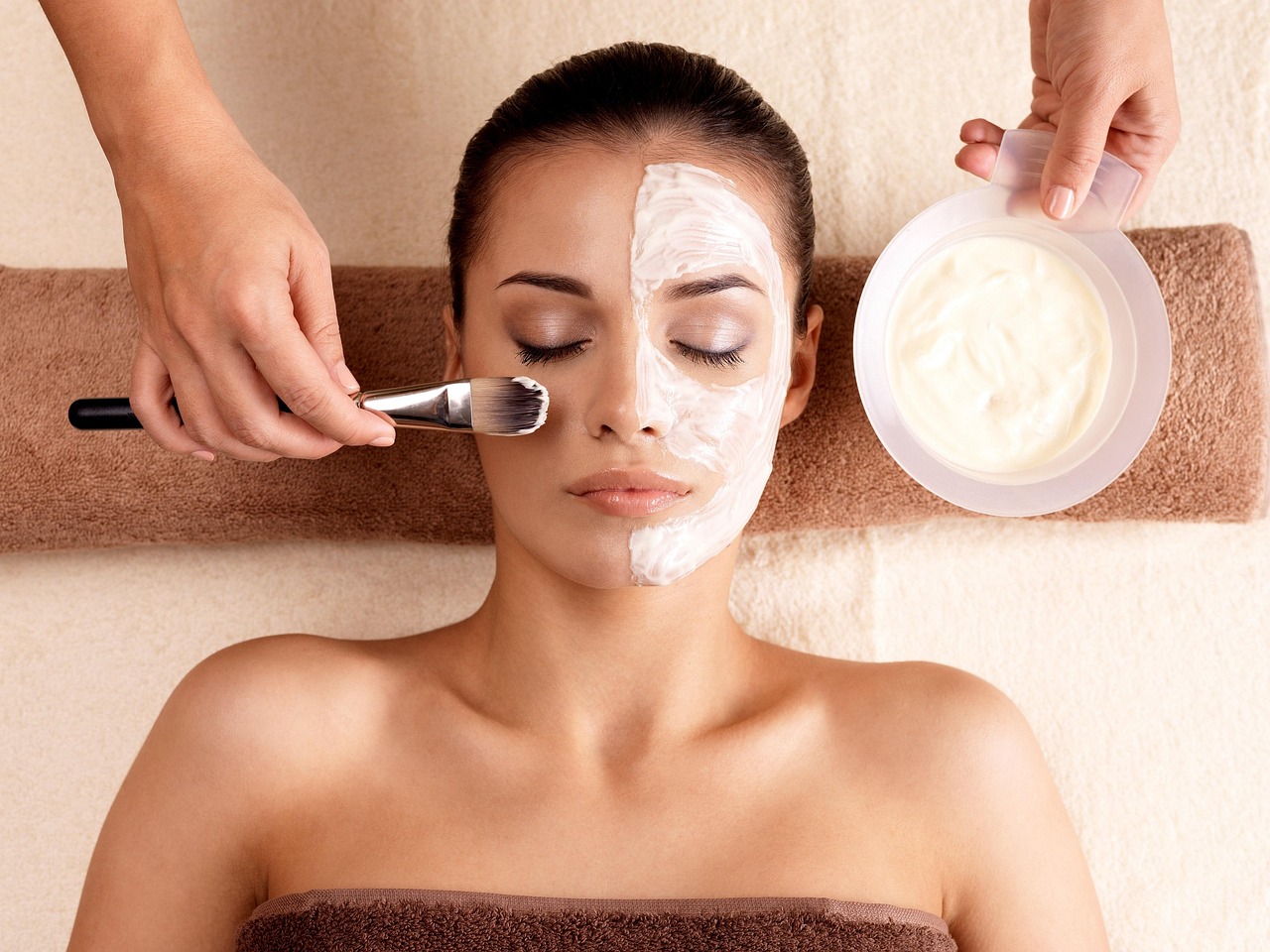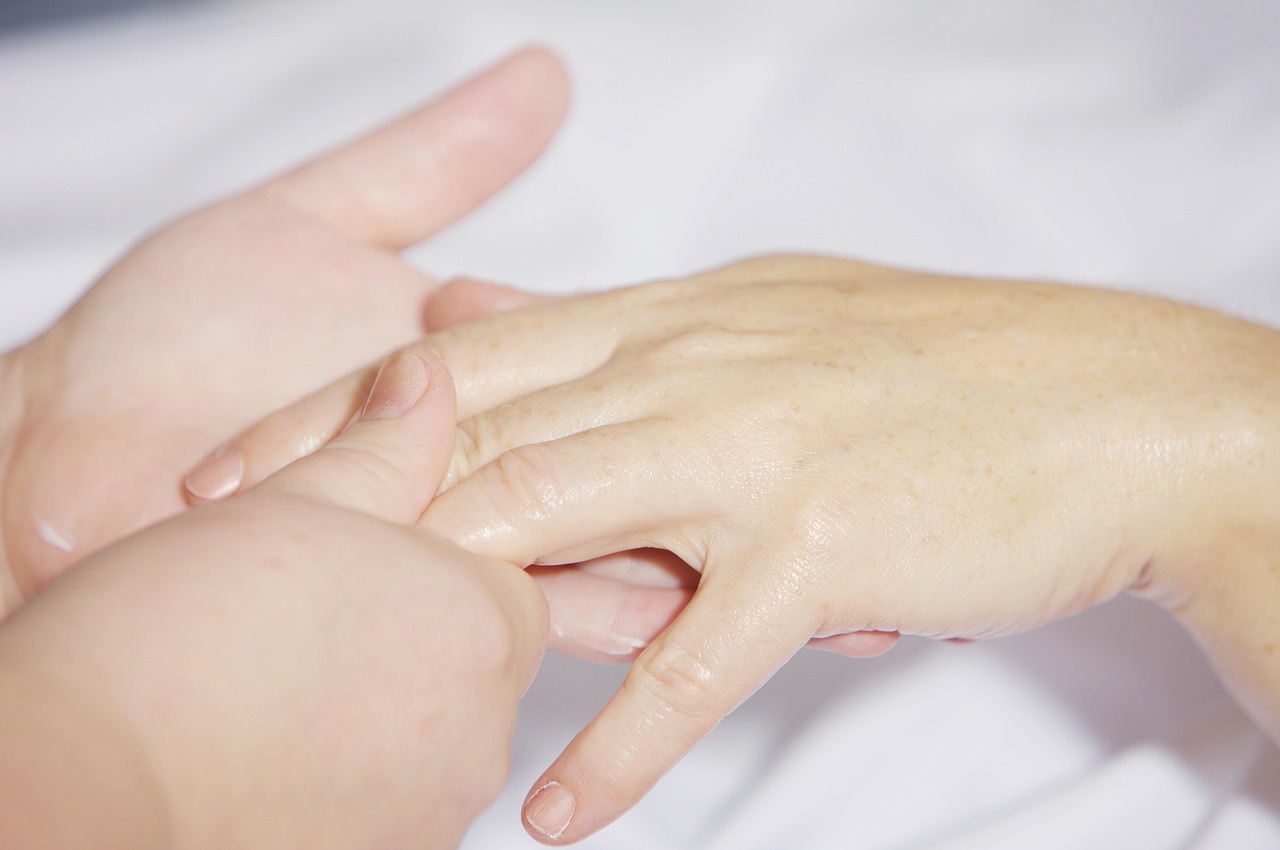This article delves into a variety of Asian massage techniques, exploring their historical significance and the profound impact they have on holistic wellness. By understanding how these ancient practices can enhance physical, mental, and emotional health, readers can appreciate the blend of traditional wisdom and modern applications.
Understanding Holistic Wellness
Holistic wellness is a comprehensive approach that considers the interconnectedness of physical, emotional, and spiritual health. Asian massage techniques play a crucial role in achieving this balance, offering methods that promote relaxation, stress relief, and overall well-being.
The History of Asian Massage Techniques
The roots of Asian massage are deeply embedded in ancient cultures, shaped by various philosophies and medical practices. These techniques have evolved over centuries, becoming integral to traditional medicine systems throughout Asia.
- Traditional Chinese Medicine (TCM): A holistic system that incorporates massage as a key therapeutic tool.
- Ayurveda: An ancient Indian practice emphasizing balance and wellness through bodywork.
- Japanese Techniques: Focused on energy balance and physical healing through touch.
Traditional Chinese Medicine and Massage
In TCM, massage is not just a physical treatment but a means to balance Qi (energy) and restore harmony within the body. Techniques such as Acupressure and Tui Na are vital for promoting health and addressing ailments.
Acupressure: A Healing Touch
This technique involves applying pressure to specific points on the body, effectively alleviating pain and reducing stress. It serves as a natural remedy for various health issues.
Tui Na: Therapeutic Manipulation
Tui Na combines acupressure with physical manipulation, targeting musculoskeletal problems and enhancing energy flow. It is particularly effective for chronic pain and injury recovery.
Ayurvedic Massage Techniques
Ayurveda emphasizes the importance of balance and detoxification. Techniques like Shirodhara and Abhyanga are designed to nourish the body and mind, promoting overall vitality.
Shirodhara: The Art of Oil Pouring
This soothing technique involves gently pouring warm oil on the forehead, which calms the mind and enhances mental clarity.
Abhyanga: The Nourishing Massage
Using warm oils, Abhyanga is a full-body massage that improves circulation and detoxifies the body, leading to heightened energy levels.
Japanese Massage Techniques: Shiatsu and Beyond
Shiatsu, a prominent Japanese technique, focuses on restoring energy balance through pressure point therapy. It is effective for stress relief and physical healing.
Shiatsu: Pressure Point Therapy
This method utilizes finger pressure to stimulate energy flow, addressing various health conditions such as fatigue and chronic pain.
Jin Shin Jyutsu: Energy Flow Restoration
Jin Shin Jyutsu is a gentle technique that harmonizes energy, facilitating emotional release and promoting physical healing.
Integrating Asian Massage Techniques into Modern Wellness
Incorporating these traditional practices into contemporary wellness routines can significantly enhance overall health. Practical tips for self-care include regular sessions of acupressure or Ayurvedic massages, which can provide holistic benefits.
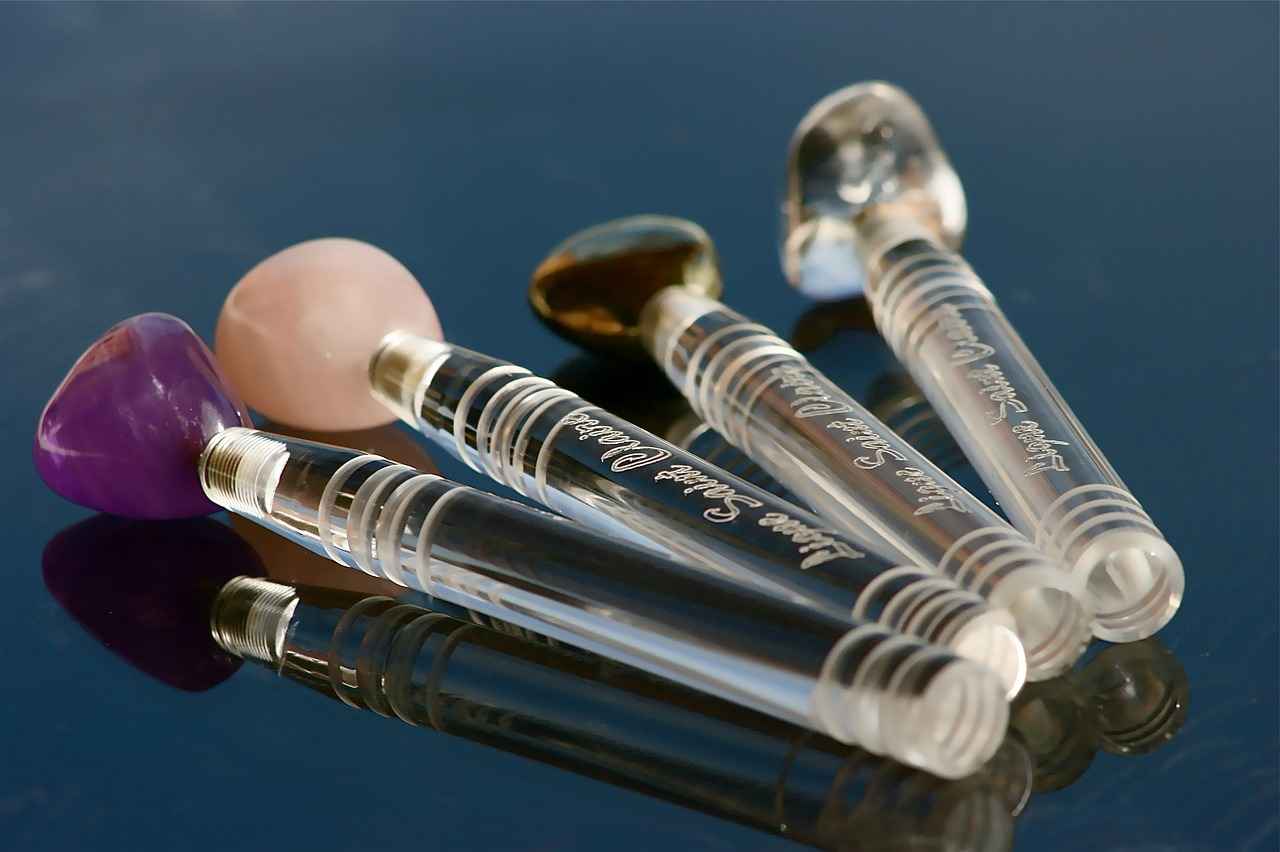
Understanding Holistic Wellness
is essential for achieving a balanced life. This concept emphasizes the interconnectedness of physical, emotional, and spiritual health, recognizing that each aspect influences the others. In today’s fast-paced world, where stress and anxiety are prevalent, the principles of holistic wellness offer a pathway to a more fulfilling existence.
Holistic wellness focuses on treating the whole person rather than just symptoms. It encourages individuals to engage in practices that nurture their bodies, minds, and spirits. By incorporating various techniques, such as mindfulness, nutrition, and physical activity, individuals can foster a state of well-being that promotes resilience against life’s challenges.
Asian massage techniques play a pivotal role in achieving holistic wellness. These ancient practices, rooted in rich cultural traditions, provide not only physical relief but also emotional and spiritual rejuvenation. Techniques such as acupressure, Shiatsu, and Ayurvedic massage are designed to align the body’s energy flow, helping to alleviate stress and enhance overall vitality.
- Physical Health: Regular massage can improve circulation, relieve tension, and enhance flexibility, contributing to better physical health.
- Emotional Balance: By reducing stress and promoting relaxation, massage techniques can help manage anxiety and improve mood.
- Spiritual Connection: Many Asian massage practices incorporate mindfulness, allowing individuals to connect with their inner selves and foster a sense of peace.
Incorporating these techniques into daily life can lead to profound changes. For instance, setting aside time for regular massage or practicing mindfulness can significantly improve one’s emotional resilience. Ultimately, understanding and embracing holistic wellness through Asian massage techniques can lead to a more harmonious and balanced life.
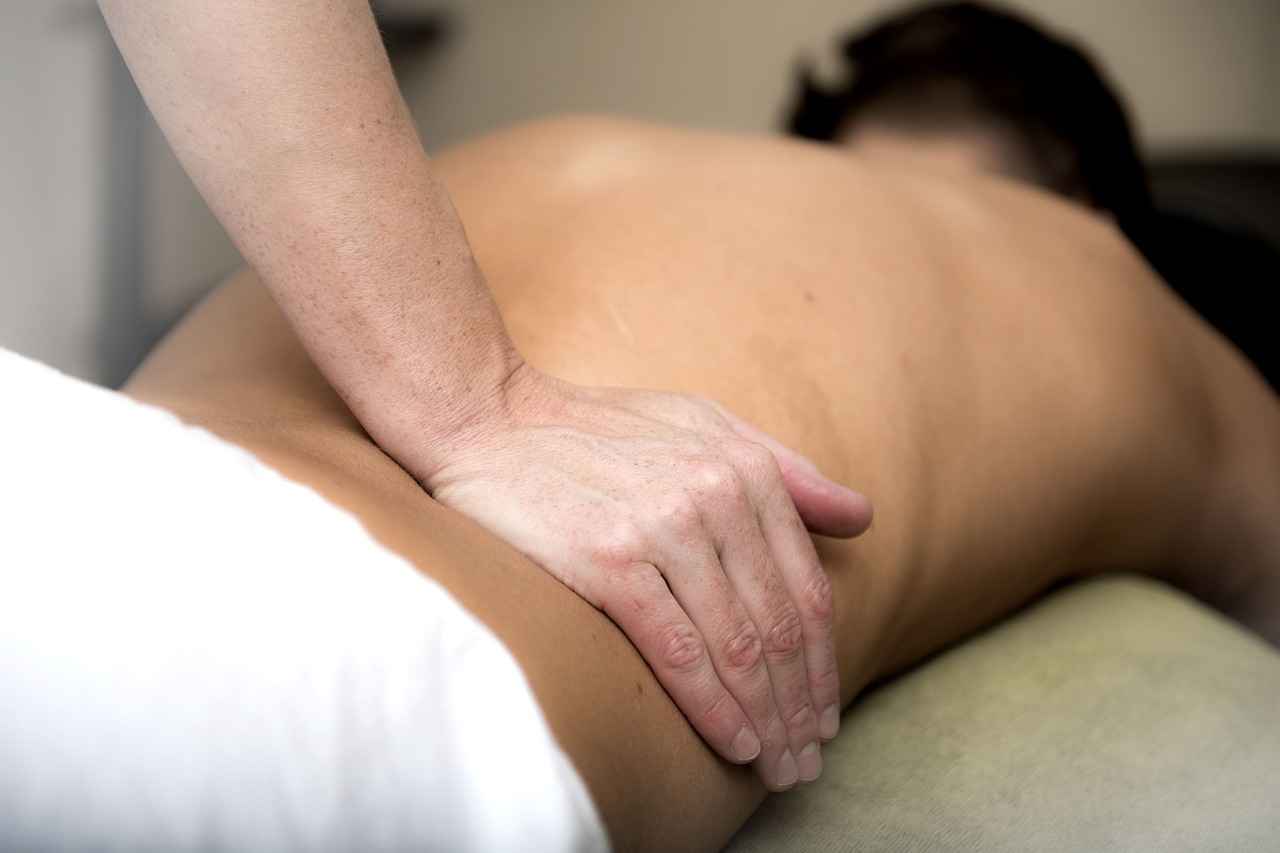
The History of Asian Massage Techniques
Asian massage techniques have a rich and intricate history, reflecting the diverse cultural practices and philosophies that have shaped them over centuries. These techniques are not merely forms of physical therapy; they are deeply intertwined with the spiritual and medicinal traditions of their respective cultures. Understanding their evolution provides valuable insights into their significance in promoting holistic wellness.
The origins of Asian massage can be traced back thousands of years, with many techniques rooted in ancient medical texts and practices. For instance, Traditional Chinese Medicine (TCM) views massage as a fundamental aspect of health care, emphasizing the balance of Qi (life energy) and the flow through meridians. This perspective has led to the development of various massage styles that aim to restore harmony within the body.
In India, Ayurvedic massage has flourished, focusing on the concept of doshas (body constitutions) and the need for balance among them. Techniques such as Abhyanga and Shirodhara have been practiced for centuries, promoting detoxification and rejuvenation through the use of warm oils and specific strokes. These practices are not only physical but also spiritual, aiming to align body, mind, and spirit.
Japan has also contributed significantly to the evolution of massage techniques, with practices such as Shiatsu and Jin Shin Jyutsu. These methods focus on pressure points and energy flow, addressing both physical ailments and emotional well-being. The integration of these techniques into modern wellness practices highlights their enduring relevance and effectiveness.
As we explore the historical context of these Asian massage techniques, it becomes evident that they are more than just physical treatments; they are holistic approaches to health that have stood the test of time. By understanding their origins and principles, individuals can appreciate the profound impact these practices can have on overall wellness.
Traditional Chinese Medicine and Massage
Traditional Chinese Medicine (TCM) is a holistic approach to health that emphasizes the balance of body, mind, and spirit. Integral to TCM is the practice of massage, which plays a crucial role in promoting overall wellness. This section delves into how TCM principles, particularly the concepts of Qi (vital energy) and meridians (energy pathways), inform various massage techniques and their therapeutic benefits.
In TCM, Qi is believed to flow through the body along specific pathways known as meridians. When Qi is blocked or imbalanced, it can lead to physical or emotional ailments. Massage techniques in TCM aim to restore the flow of Qi, enhancing health and well-being. These techniques are not just about physical manipulation; they encompass a comprehensive understanding of the body’s energy systems.
- Acupressure: This technique involves applying pressure to specific points on the body, known as acupoints. By stimulating these points, acupressure can alleviate pain, reduce stress, and promote relaxation.
- Tui Na: A form of therapeutic massage, Tui Na combines acupressure and manipulation to address musculoskeletal issues. It is often used to enhance energy flow and treat a variety of conditions.
- Gua Sha: This technique involves scraping the skin with a smooth-edged tool to improve circulation and release muscle tension. Gua Sha is especially effective for pain relief and detoxification.
Each of these techniques is rooted in the TCM philosophy of maintaining balance within the body. Practitioners tailor their approach based on individual needs, ensuring that the treatment aligns with the patient’s unique energy patterns.
Furthermore, the therapeutic benefits of TCM massage extend beyond physical health. By promoting relaxation and reducing stress, these techniques also support emotional well-being. As more individuals seek holistic approaches to health, the integration of TCM massage into modern wellness practices is becoming increasingly popular.
In conclusion, the principles of TCM provide a profound foundation for understanding the benefits of massage. By harnessing the power of Qi and meridians, these practices offer a pathway to enhanced physical, emotional, and spiritual health.
Acupressure: A Healing Touch
Acupressure, a fundamental practice within Traditional Chinese Medicine (TCM), utilizes targeted pressure on specific points across the body to promote healing and wellness. This ancient technique is based on the holistic belief that energy, or Qi, flows through meridians in the body. By applying pressure to these points, practitioners aim to restore balance, alleviate pain, and enhance overall health.
One of the primary benefits of acupressure is its ability to alleviate pain. Studies have shown that stimulating certain acupressure points can effectively reduce pain associated with conditions such as headaches, back pain, and arthritis. This is achieved through the release of endorphins, the body’s natural painkillers, which promote a sense of well-being.
In addition to pain relief, acupressure is known for its effectiveness in reducing stress and promoting relaxation. By focusing on pressure points that correspond to the body’s stress response, individuals can experience a significant decrease in anxiety levels. This technique encourages the body to enter a state of relaxation, which can lead to improved sleep quality and enhanced emotional health.
Furthermore, acupressure supports overall health and well-being by boosting the immune system and improving circulation. Regular sessions can lead to increased energy levels and a greater sense of vitality. Many people incorporate acupressure into their wellness routines, using it as a preventative measure to maintain balance and harmony in their lives.
Whether performed by a trained practitioner or practiced at home, acupressure is an accessible and effective method for enhancing physical and emotional health. Its simplicity and profound benefits make it a valuable addition to any holistic wellness approach.
Tui Na: Therapeutic Manipulation
Tui Na is a traditional Chinese therapeutic massage technique that has been practiced for thousands of years. This ancient art combines acupressure and various forms of manipulation to promote healing and balance within the body. The term “Tui Na” translates to “push and grasp,” which aptly describes the fundamental techniques employed in this practice.
The primary focus of Tui Na is to address musculoskeletal issues while also enhancing the flow of Qi (pronounced “chee”), the vital energy believed to circulate through the body’s meridians. By applying pressure to specific points and manipulating muscles and joints, Tui Na not only alleviates pain but also encourages the body to heal itself. This holistic approach makes it a valuable tool in traditional Chinese medicine (TCM).
One of the key applications of Tui Na is in treating conditions such as:
- Chronic pain: Tui Na can be effective for individuals suffering from chronic back pain, neck pain, and joint issues.
- Sports injuries: Athletes often use Tui Na to recover from injuries and improve their overall performance.
- Stress relief: The combination of gentle manipulation and acupressure can significantly reduce stress and promote relaxation.
In addition to its therapeutic benefits, Tui Na is also used to enhance overall energy flow throughout the body. Practitioners believe that by restoring balance to the body’s energy systems, Tui Na can help improve emotional well-being and mental clarity.
As more people seek natural and holistic approaches to health, Tui Na continues to gain recognition worldwide. Its unique blend of ancient wisdom and practical application makes it a compelling choice for those looking to improve their physical and emotional health.
Ayurvedic Massage Techniques
are rooted in the ancient Indian system of Ayurveda, which emphasizes the importance of balance and harmony in achieving optimal health. These practices not only focus on physical well-being but also aim to rejuvenate the mind and spirit, making them an integral part of holistic wellness.
In Ayurveda, the body is seen as a complex system of energies, known as doshas, which must be balanced for optimal health. Ayurvedic massages are designed to promote this balance through various techniques that enhance circulation, detoxification, and relaxation.
- Abhyanga: This traditional full-body massage uses warm herbal oils tailored to the individual’s dosha. It enhances blood circulation, promotes lymphatic drainage, and nourishes the skin, resulting in a profound sense of relaxation and rejuvenation.
- Shirodhara: A unique technique that involves the gentle pouring of warm oil on the forehead. This practice calms the mind, alleviates anxiety, and promotes deeper states of meditation, making it an excellent choice for those seeking mental clarity.
- Udvartana: This invigorating massage uses herbal powders to exfoliate the skin and stimulate circulation. It is particularly effective for weight management and detoxification, providing a refreshing boost to the body.
- Pinda Sweda: Involves the use of warm herbal poultices to soothe sore muscles and joints. This technique is beneficial for athletes or individuals with chronic pain, as it promotes healing and reduces inflammation.
Each of these techniques plays a significant role in detoxification and rejuvenation, addressing not only physical ailments but also emotional and mental stressors. By incorporating Ayurvedic massage into your wellness routine, you can experience a profound transformation that aligns your body, mind, and spirit.
Moreover, these practices can be easily integrated into modern self-care routines, providing a holistic approach to wellness that is both effective and nurturing. Embrace the ancient wisdom of Ayurveda and discover the benefits of these time-honored techniques.
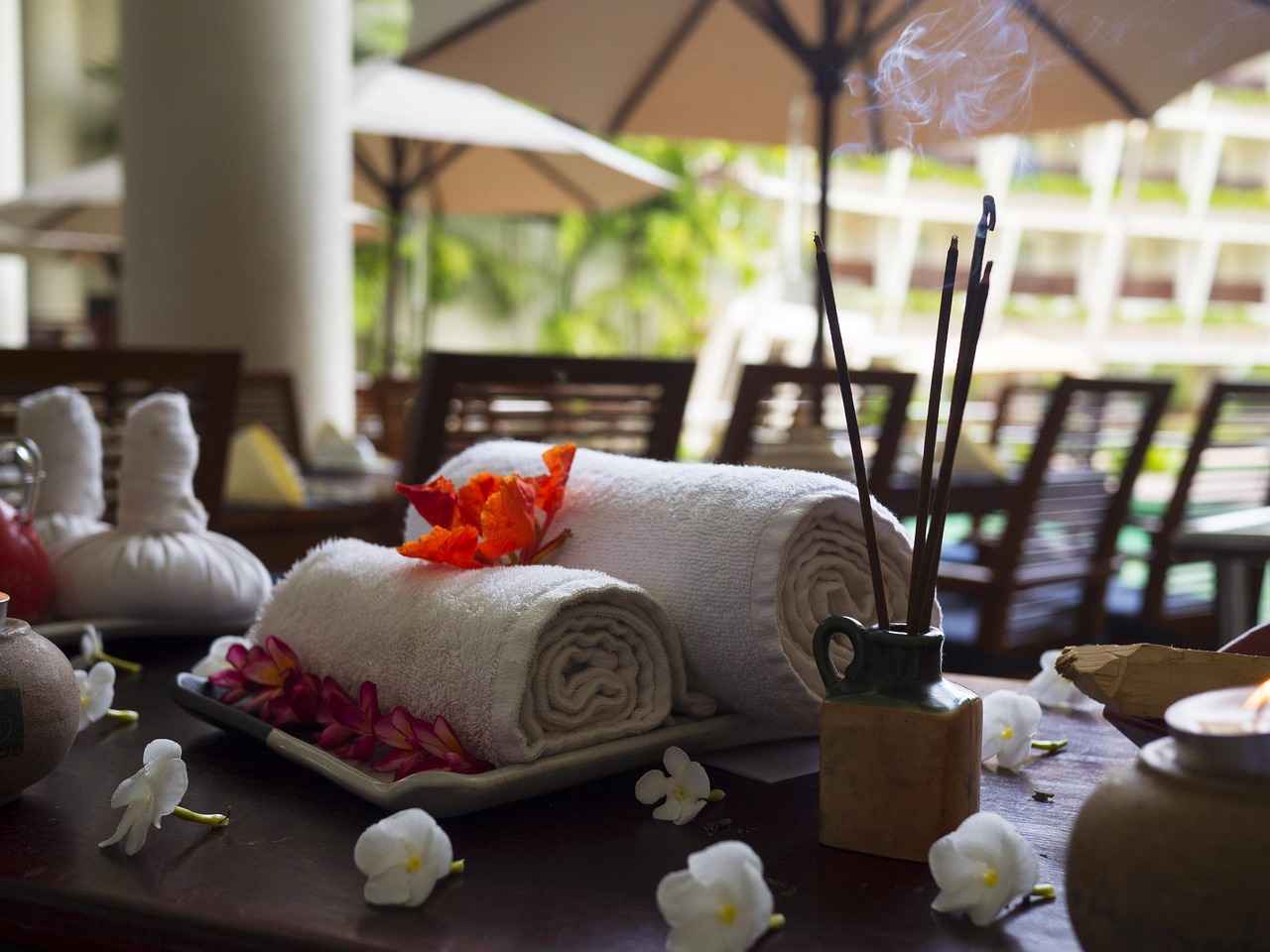
Shirodhara: The Art of Oil Pouring
Shirodhara, a revered practice in Ayurvedic medicine, involves the gentle pouring of warm oil onto the forehead, specifically targeting the third eye area. This ancient technique is designed to create a deep state of relaxation and tranquility, making it a popular choice for those seeking to alleviate stress and enhance mental clarity.
The process begins with the selection of high-quality oils, often infused with herbs tailored to individual needs. As the warm oil flows rhythmically across the forehead, it stimulates the nervous system, promoting a profound sense of calm. This soothing experience not only helps to reduce anxiety but also encourages a meditative state, allowing the mind to unwind and release pent-up tension.
Research has shown that Shirodhara can significantly impact mental health. By calming the mind and reducing the levels of the stress hormone cortisol, this technique may help improve overall emotional well-being. Clients often report enhanced focus and clarity following a session, making it an excellent option for those facing challenges related to concentration or decision-making.
Moreover, the benefits of Shirodhara extend beyond mental clarity. The warm oil nourishes the scalp and hair, promoting healthy growth while also providing a soothing sensation that can alleviate headaches and migraines. This holistic approach to wellness emphasizes the interconnectedness of the body and mind, showcasing how a simple act of oil pouring can lead to comprehensive health benefits.
Incorporating Shirodhara into a regular wellness routine can be transformative. Whether you are seeking relief from daily stressors or aiming to enhance your overall mental clarity, this ancient practice offers a unique pathway to achieving balance and harmony in life. With its rich history and profound effects, Shirodhara stands out as a cornerstone of Ayurvedic healing.
Abhyanga: The Nourishing Massage
Abhyanga is an ancient Ayurvedic practice that involves a full-body massage using warm, herbal oils. This technique is not only a form of physical therapy but also a holistic treatment that promotes overall well-being. The warm oils used in Abhyanga are often infused with various herbs, tailored to the individual’s dosha, or body constitution, ensuring a personalized experience that addresses specific health needs.
One of the primary benefits of Abhyanga is its ability to enhance circulation. The rhythmic strokes employed during the massage stimulate blood flow, which can lead to improved oxygen and nutrient delivery to the body’s tissues. This increased circulation also aids in the removal of metabolic waste, contributing to a healthier body.
- Detoxification: Abhyanga promotes lymphatic drainage, which helps in flushing out toxins from the body. The application of warm oil encourages sweating, further assisting in the detoxification process.
- Relaxation: The soothing nature of the massage calms the nervous system, reducing stress and anxiety. Many practitioners report a sense of deep relaxation and mental clarity following an Abhyanga session.
- Skin Health: The oils used in Abhyanga nourish the skin, improving its texture and elasticity. Regular treatments can lead to a radiant complexion, as the oils hydrate and rejuvenate the skin.
Moreover, Abhyanga is believed to enhance overall vitality by balancing the body’s energies. This balance is crucial for maintaining optimal health, as it supports not just physical wellness but also emotional and spiritual harmony. By integrating Abhyanga into a regular wellness routine, individuals can experience a profound transformation in their health.
In summary, Abhyanga is more than just a massage; it is a comprehensive approach to health that fosters detoxification, enhances circulation, and promotes overall vitality. Embracing this ancient practice can lead to significant improvements in both physical and mental well-being.
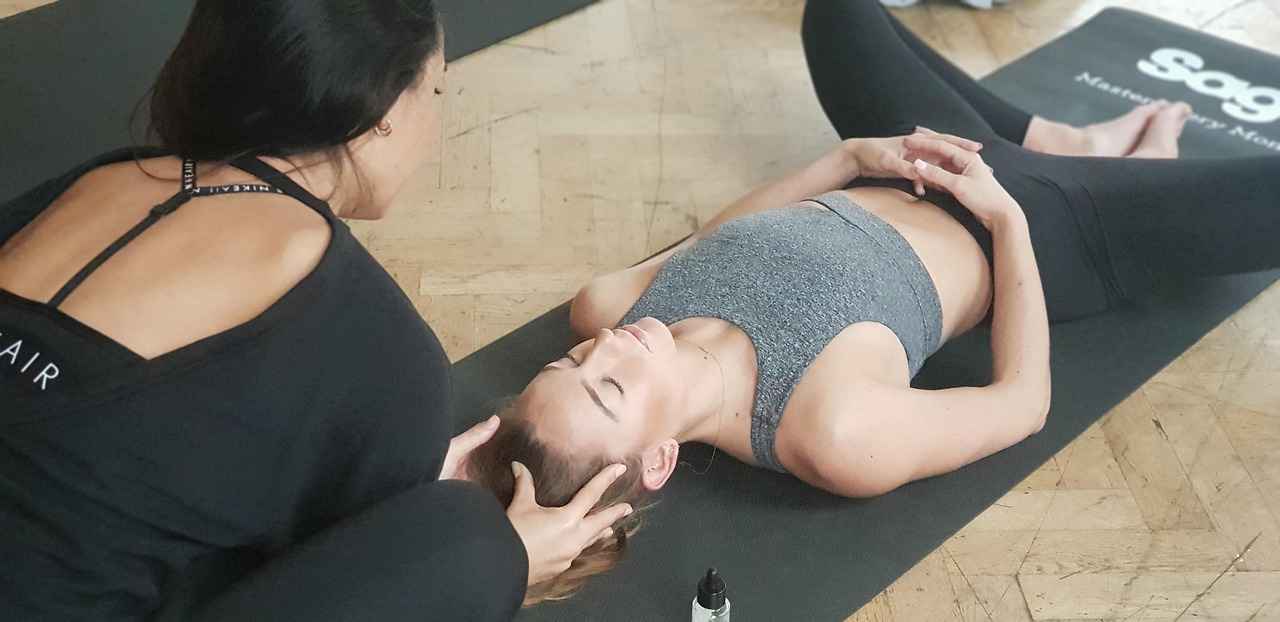
Japanese Massage Techniques: Shiatsu and Beyond
Japanese massage techniques, especially Shiatsu, are deeply rooted in the philosophy of restoring energy balance within the body. Shiatsu, which translates to “finger pressure,” is a holistic approach that combines elements of traditional Chinese medicine with Japanese healing practices. This technique emphasizes the importance of Qi (or life energy) and its flow through the body’s meridians.
At its core, Shiatsu aims to promote relaxation and healing by applying pressure to specific points on the body. These points correspond to energy pathways, and by stimulating them, practitioners can help alleviate various ailments. The effectiveness of Shiatsu in promoting relaxation is well-documented; many individuals report a significant reduction in stress and anxiety levels following treatment.
- Restoration of Energy Balance: Shiatsu practitioners believe that blockages in energy flow can lead to physical and emotional discomfort. By applying targeted pressure, Shiatsu helps to release these blockages, restoring harmony and balance.
- Improved Circulation: The gentle manipulation of muscles and tissues during a Shiatsu session enhances blood circulation, which is vital for overall health and vitality.
- Muscle Relaxation: Shiatsu techniques are effective in relieving muscle tension and stiffness, making it an ideal treatment for those with chronic pain or fatigue.
Another significant aspect of Japanese massage is Jin Shin Jyutsu, which focuses on harmonizing energy through gentle touch. This technique not only promotes physical healing but also facilitates emotional release, contributing to overall well-being.
Incorporating these techniques into modern wellness practices can offer individuals a holistic approach to health. Whether through Shiatsu or Jin Shin Jyutsu, the principles of Japanese massage techniques provide valuable tools for enhancing relaxation, reducing stress, and promoting healing in our fast-paced lives.
Shiatsu: Pressure Point Therapy
Shiatsu is a traditional Japanese massage technique that primarily focuses on the application of finger pressure to specific points on the body, known as tsubo. This method is deeply rooted in the principles of Traditional Chinese Medicine, where the flow of Qi (energy) is believed to be crucial for maintaining health and well-being. By stimulating these points, Shiatsu aims to enhance energy flow, promote relaxation, and facilitate the body’s natural healing processes.
One of the most remarkable aspects of Shiatsu is its versatility in addressing a wide range of health conditions. Many individuals seek Shiatsu therapy to alleviate stress and fatigue, common issues in today’s fast-paced world. The gentle yet firm pressure applied during a session can help to release tension, reduce anxiety, and promote a sense of calm. Additionally, Shiatsu has been shown to be effective in managing chronic pain, including conditions such as lower back pain, headaches, and joint discomfort.
During a Shiatsu session, the therapist typically uses their fingers, palms, and sometimes elbows to apply pressure to specific points along the body’s meridians. This not only helps in relieving physical discomfort but also encourages emotional release, making it a holistic approach to healing. Clients often report feelings of increased energy and improved mood following their sessions.
Moreover, Shiatsu is not just a treatment for existing ailments; it also serves as a preventive measure. Regular sessions can help maintain balance in the body, enhance overall vitality, and support the immune system. As more people become aware of its benefits, Shiatsu continues to gain recognition as a valuable tool in the pursuit of holistic wellness.
In summary, Shiatsu is more than just a massage technique; it is a profound practice that integrates body, mind, and spirit. By harnessing the power of pressure point therapy, individuals can experience significant improvements in their physical and emotional health.
Jin Shin Jyutsu: Energy Flow Restoration
Jin Shin Jyutsu is an ancient Japanese healing practice that emphasizes the importance of energy harmonization within the body. This gentle yet profound technique focuses on the belief that our bodies possess innate wisdom and the capacity for self-healing. By facilitating the flow of energy, Jin Shin Jyutsu allows individuals to release emotional blockages and promote physical healing.
At its core, Jin Shin Jyutsu operates on the principle that energy flows through specific pathways in the body, often referred to as meridians. When these pathways are blocked or imbalanced, it can lead to various physical and emotional issues. Practitioners of Jin Shin Jyutsu use their hands to apply gentle pressure on specific points, known as “safety energy locks,” to restore balance and flow. This technique not only aids in alleviating physical discomfort but also fosters a sense of emotional well-being.
One of the remarkable aspects of Jin Shin Jyutsu is its ability to facilitate emotional release. Many individuals carry unprocessed emotions that can manifest as physical ailments. By engaging with these safety energy locks, practitioners help clients to confront and release these emotions, leading to a profound sense of relief and clarity. This emotional release can be particularly beneficial for those dealing with stress, anxiety, or unresolved trauma.
Additionally, the practice of Jin Shin Jyutsu encourages a deep sense of relaxation. As clients engage in this healing process, they often report feeling more centered and at peace. This relaxation response not only enhances mental clarity but also supports the body’s natural healing processes.
Incorporating Jin Shin Jyutsu into one’s wellness routine can be a transformative experience. Whether through self-help techniques or professional sessions, individuals can benefit from the gentle power of this ancient art. As more people seek holistic approaches to health, Jin Shin Jyutsu stands out as a valuable tool for achieving emotional and physical balance.

Integrating Asian Massage Techniques into Modern Wellness
Integrating traditional Asian massage techniques into contemporary wellness practices can significantly enhance your overall health and well-being. These ancient methods offer a wealth of knowledge that can be seamlessly woven into modern self-care routines. By embracing these time-honored practices, individuals can experience a holistic approach to wellness that addresses not just physical ailments but also emotional and spiritual health.
Practical Tips for Incorporating Asian Massage Techniques:
- Start with Acupressure: This technique involves applying pressure to specific points on the body. You can easily incorporate acupressure into your daily routine by using your fingers to massage points that relieve tension, such as the space between your thumb and index finger, which is known to alleviate headaches.
- Explore Tui Na: This therapeutic form of massage combines acupressure and manipulation. Consider scheduling a session with a trained practitioner or learning basic techniques to use on yourself or a partner. Tui Na can be particularly effective for addressing musculoskeletal issues and improving energy flow.
- Incorporate Shirodhara: If you’re looking for a calming practice, try Shirodhara at home. You can replicate this by gently pouring warm oil over your forehead while lying down. This soothing technique can help reduce anxiety and promote mental clarity.
- Practice Abhyanga: This full-body Ayurvedic massage utilizes warm oils to nourish the skin and improve circulation. Set aside time each week for self-massage with warm oil, focusing on your arms, legs, and back to enhance relaxation and detoxification.
- Engage in Shiatsu: Learn the basics of Shiatsu, which uses finger pressure on specific points to stimulate energy flow. This can be a great way to relieve stress and fatigue after a long day.
By integrating these traditional Asian massage techniques into your self-care routine, you can enjoy a multitude of holistic benefits. Not only do they promote physical health, but they also enhance emotional and spiritual well-being, leading to a more balanced and fulfilling life.
Frequently Asked Questions
- What are the main benefits of Asian massage techniques?
Asian massage techniques promote holistic wellness by enhancing physical, mental, and emotional health. They help reduce stress, alleviate pain, and improve overall vitality through ancient practices rooted in tradition.
- How does acupressure work?
Acupressure applies pressure to specific points on the body, which stimulates energy flow and helps alleviate various health issues such as pain, stress, and tension. It’s a fantastic way to tap into your body’s natural healing capabilities!
- What is the significance of Tui Na in Traditional Chinese Medicine?
Tui Na is essential in TCM as it combines acupressure and manipulation to treat musculoskeletal issues and enhance energy flow. It’s like giving your body a tune-up, ensuring everything runs smoothly!
- Can Ayurvedic massage techniques help with detoxification?
Absolutely! Ayurvedic massage techniques, like Abhyanga, use warm oils to promote circulation and detoxification, helping your body release toxins and rejuvenate from the inside out.
- What is Shiatsu and how does it benefit me?
Shiatsu is a Japanese massage technique that uses finger pressure on specific points to restore energy balance. It can help alleviate stress, fatigue, and chronic pain, making it a great choice for relaxation and healing.











